
Call Now & Start Saving on Golf Today! 800-321-8269
August 2012

WHICH COURSES DO YOU WANT TO PLAY?
Golf Card is committed to adding new, quality courses to its nationwide network. If there is a course you would like to see accept The Golf Card, please let us know by E-mailing office@golfcard.com. We will do our best to contact these courses and enroll them. Or have the course call us at 1-800-321-8269.
REGISTER NOW FOR FALL MEMBER-GUEST @ WOODLOCH
You can now register for the Fall Member- Guest Tournament to be held at The Country Club at Woodloch Springs on Wednesday, October 17. Just call 1- 800- 321- 8269. The entry fee is $79 and includes golf, cart, dinner, prizes and awards. The Woodloch tournament has been a hit with Golf Card members and guests since it began two years ago. The combination of a scenic 4 ½ star course dressed up in beautiful fall colors and the first- class service Woodloch is known for adds up to a fulfilling day. There is a 136 player limit so we encourage early registration.
JUST IN - Jack Frost National
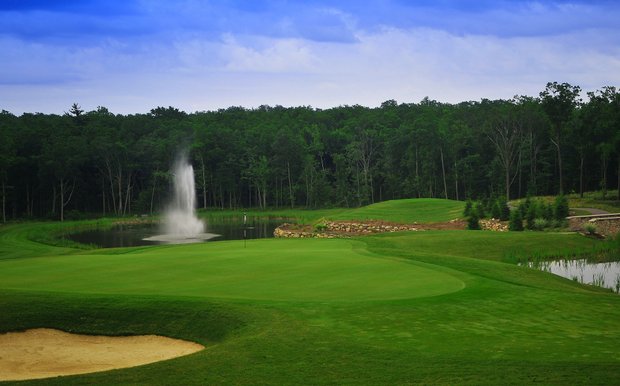
Golf Card welcomes Jack Frost National in Blakeslee, Pennsylvania as its newest affiliate course. Located in the heart of the Pocono Mountains and designed by Terry LaGree, Jack Frost National is unique to Northeastern Pennsylvania and has all the features you would want in a mountain course and none of the shortfalls. Considered a "large golf course" spanning over 7,200 yards, and more than 200 acres, the course is located on the crest of Jack Frost Mountain with an elevation of 2,000 feet providing some stunning views. When it opened in 2006, Jack Frost was named one of the Top 20 New Courses You Could Play by Golf Magazine. In 2010, GolfWeek recognized Jack Frost as one of the Top 10 Courses to play in Pennsylvania.
The Golf Card fee is 25% off green fee, Mon- Thurs. anytime and Fri- Sun after 12 p.m.
To schedule a tee time, call (570) 443- 2414.
TRAVEL SPOTLIGHT - Illinois
The Chicago area gets a lot of attention for its many great golf courses. But the rest of Illinois is filled with excellent public layouts that you can play with your Golf Card for great values. In fact, most of the courses listed below are rated 4 stars or better by Golf Digest and cost under $35 with your Card.
The strength of these courses lies in their diversified layouts and excellent conditioning. On the same course you can find open links style holes mixed with tree-lined, parkland-style holes.
This time of year into September and October is ideal to visit the Midwest. So check out these Golf Card gems:
Lake Shore Golf Course
(217)-824-5521lakeshoregolfcourse.com
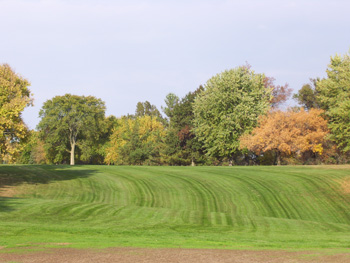
located on a 160- acres peninsula outside of Taylorville, Illinois and surrounded by Lake Taylorville. Owned by the Taylorville Park District and operated by DMI Enterprises, Lakeshore is rated four stars by Golf Digest and described as "out of the way, but worth the trip,"
Golf Card fee: $20 Monday-Thursday.
Railside Golf Club, Isolated in Gibson City in east-central Illinois - 20 miles from the nearest golf course, is a true oasis in the middle of prairie land. Though considered a links-style design where wind is a crucial design element, Railside's greens are undulating and deceiving, thanks to built-in false fronts and false sides. The fairways are very friendly to the slicer or fader with lots of room to the right (for right golfers). Rated 3 ½ stars by Golf Digest.
Golf Card fee: $24 weekdays.The Golf Club of Illinois in Algonquin
(847)658-4400golfclubofil.com
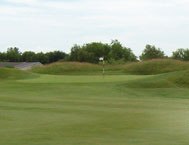
A classic links-style course featuring high fescue grasses, treacherous sand bunkers, and strategically placed mounds on each hole. Since its opening in 1987, the course has consistently ranked among the top 10 public courses to play by Chicagoland Golf and is rated 4 stars by Golf Digest. In 1990, the Golf Club of Illinois hosted the Illinois Open Championship.
Golf Card fee: 2 for 1 ($23 per person weekdays)
Coyote Creek Golf Club
(309)633-0911golfcoyotecreek.com
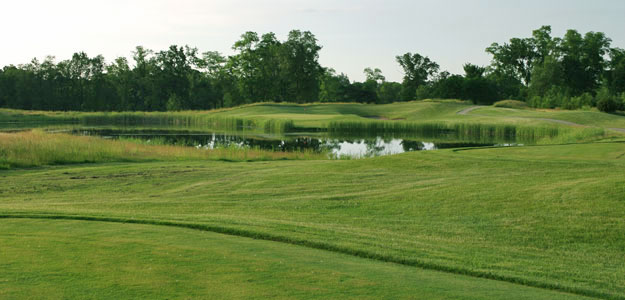
Coyote Creek in Bartonville is a 4-star beauty with lakes, creeks, stone bridges and waterfalls. Designed by the late Bruce Borland.
Golf card fee: $33
PrairieView Golf Course
(815)234-4653prairieviewgolf.com

Here is a wonderful, 4-star facility owned and operated by the Byron (Illinois) Forest Preserve District. The well-conditioned layout mixes tree-lined and open links-style holes taking advantage of a natural, rolling terrain. The greens are large and undulating.
Golf Card fee: $28 weekdays; $32 wkends
The El Paso Golf Club
(309)527-5225elpasogolfclub.com
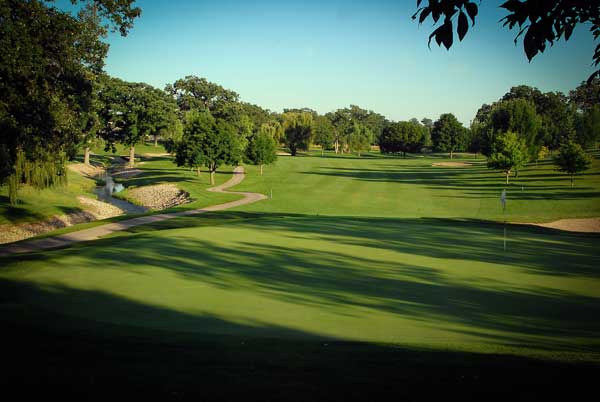
El Paso uniquely features a front nine constructed in 1924 and a back nine finished in 1989! Though short at just over 6,100 yards from the back tees, El Paso presents many elevation changes, 40 bunkers, nearly 400 trees, three lakes and a creek running throughout. Water comes into play on 13 holes. Rated four stars by Golf Digest.
Golf Card fee: $24
Lake of the Woods Golf Course
(217)586-2183golfthelake.com

Consistently rated by locals as one of the favorite courses in Champaign County. The manageable length of Lake of the Woods along with its scenic rolling hills and excellent conditions make for an enjoyable round for all. Rated four stars by Golf Digest.
Golf Card fee: $26, Mon-Thurs.
Stone Creek Golf Club & Resort
(618)351-4653stonecreekgolf.com

Located in Southern Illinois next to Shawnee National Forest and Giant City State Park. The natural beauty of the rolling hills and bluffs in this area are a site to see anytime of the year. Rated 4½ stars by Golf Digest, Stone Creek Golf Club & Resort is considered one of the top public courses in Southern Illinois.
Golf Card fee: 2 for 1
Marengo Ridge Golf Club
(815)923-2332marengoridgegolfclub.com

Marengo features two nines built 25 years apart. That time lapse and the differences in topography between the two tracts of land create a unique contrast in design. The 4½ star course is immaculately maintained.
Golf Card fee: $33, Mon-Thurs; wkdays after 2 p.m.
Gibson Woods
(309)-734-9968gibsonwoods.com
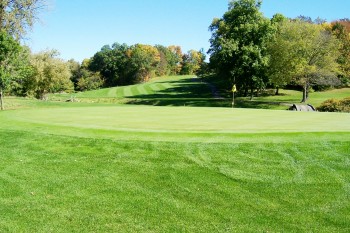
This an unforgettable 4-star layout, cutting through the mature timber and rolling hills of Monmouth Park.
Golf Card fee: $26 wkdays; $28 wkends.
Stone Creek Golf Club
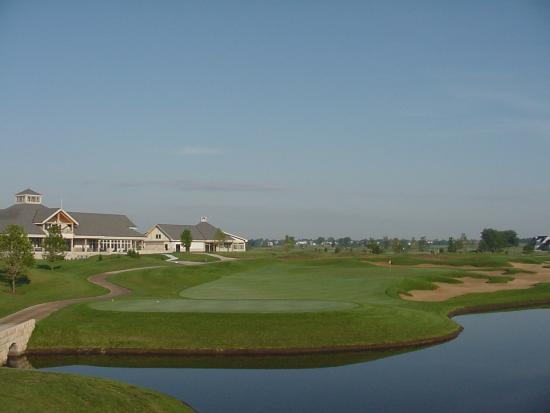
stonecreekgolfclub.com
In Urbana is a picturesque design by Tim and Dick Nugent, incorporating bent-grass fairways and greens, subtle elevation changes, numerous lakes and stone-laden creeks. Rated four stars by Golf Digest.
Golf Card fee: $50
Rend Lake Golf Course
(618)629-2352rendlake.org
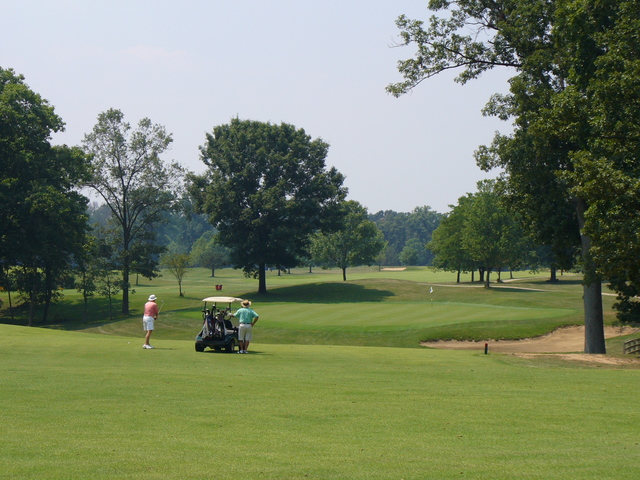
A four-star gem that has hosted the Illinois State Amateur Championship. Located in Whittington in southern Illinois, it was designed by renowned Chicago architect Lawrence Packard.
Golf Card fee: $35
COURSE REVIEW
Here are some Golf Card courses you might want to check out - by recommendation of your fellow Golf Card members.
LouisianaJennings GC
Location: Jennings
Phone: 337-824-1274
Golf Card fee: Complimentary greens fee
Member comment: "Some nice holes. We had a great time playing this course."
We encourage all members to submit reviews of Golf Card courses they have played. Just go to golfcard.com, log on, go to Course Directory, select a specific course and go to the Course Review prompt. You will be asked to rate a course on playability, conditions, amenities and whether you would recommend it to a friend. You can also offer personal comments.
We will publish many of the reviews in this online newsletter.
INTERVIEW - Ernie Els
In June 1997 just after he won his second U.S. Open, Golf Card editor Ken Cohen interviewed Ernie Els while working for TaylorMade Golf. As you can see from these excerpts, not much has changed in the last 15 years - Ernie was down- to- earth, humble, forthcoming and caring then as he is now:
"There's no life and death with him," said Ricci Roberts, Els' caddie. "I remember we're on the 17th hole of the 1994 U.S. Open playoff facing the most important shot of his career. I'm telling him 'come on, we have to have this one.' You know what he said to me? 'Why don't you just relax, Ricci.' I couldn't believe it".
"This is a long-term affair," said Els. "I have plenty of time to build the house, buy the cars and get into the spin-off businesses. Why do I need to change who I am and what I'm doing just because I've won two U.S. Opens."
"It's not unusual for Els to express sympathy for someone. He might be stoic on the outside, but inside he's full of genuine human emotions. One of his heroes is Muhammad Ali 'because behind all the bravado was a nice, soft person. But it hurts me to see him on television now" said Els.
"He has a sharp memory - very rarely does he forget a name - and an inquisitive mind. He seems to be more interested in the people and sights around him than consumed with himself. If he's in Kansas City playing in a pro-am tournament, he wants to know 'what the city looks like, how the Chiefs are doing and how much snow they get.'"
"Ernie is an extremely intelligent, well- read person who wants to learn as much as he can about everything," said Robert Baker, his close friend and instructor. "Though he is very relaxed and laid- back, he is not a couch potato. He takes an interest in all his business decisions and studies up on everything he's getting into."
"Golf is always a game first," said Els. Too many guys on tour treat it as a job and forget about the rest of their lives. The first thing they do when they finish a round is head to the driving range. That's why there's not much socializing out here [as opposed to the European Tour]."
"I've taught myself to enjoy pressure, to look forward to it. It's just a matter of having a clear mind and not rushing things."
My whole demeanor is slow," said Els. "I talk slowly, walk slowly - do almost everything slowly. The way I am carries over to the rhythm of my golf swing. In fact, I couldn't swing quickly if I wanted."
"I look at the way Tiger is getting it and I would rather be me. I can still go to restaurants and the movies without any problem. Tiger can't go out of the gates of his home without a stir...He's only 21 years old and he can't live life the way he wants. That's too big a price to pay. I have my peace with it now. I'm a good player, people know it and I can move on."
Word Association with Els:
Golf-EnjoymentWinning-Always
Pressure-Calm
Happiness-Exciting
Home-South Africa
God-Like to Know Him Better
America-Opportunity
South Africa-Land of Beauty
Gary Player-Maestro
Ernie Els-Taller Maestro
JUST SAYIN' - Ken Cohen
With Ernie Els winning the British Open using the belly putter, that makes it three victories in the last four majors for that type of putter. And that has the powers that be - the USGA and R&A concerned enough to put its use up for discussion in upcoming rules meetings. In reality, they won't be talking about the actual putter, but the way it is used - anchored to the belly. Some believe that this type of stroke provides an advantage over a conventional stroke because it someone to put around a fixed pivot point, thus eliminating the hands and wrists from the stroke. That, theoretically, would take the nerves out of play and allow players to putt better under pressure.
I think this is complete nonsense. First of all, every player has the opportunity to use the long or belly putter. If there is any kind of clear benefit, no one is excluded from receiving it. Unfair, as some have deemed its use, would mean that its access is restricted. That is not the case.
Even though three of the last four major champions have used the long or belly putter, that really doesn't alter the percentages of its success. Over the course of time, there have bee 422 major championships contested. Prior to 2011, none had been won with the long or belly putter, a winning percentage of 0. Now, there have been victories for a winning percentage of .007 - which rounded off is barely 1 percent!
Some will say this is the beginning of a wave - just like the metal wood - and that soon the majority of champions will be using the long or belly putter. First, let's wait about 10 years to see if that happens. And even if it does, what would be wrong with a new trend?
The biggest problem I have with any possible legislation of anchoring the long or belly putter is that nowhere do The Rules currently specify how a player can swing a golf club. That has been sacrosanct to the playing of the game - - everyone has their own individual swing and however you want to have the clubhead strike the ball is up to you. The Rules don't say you can't have a flying elbow or reverse pivot if you so desire. They don't limit how much your left heel can come off the ground or how high you can go on your follow through. They don't specify that you use a Vardon, 10- finger, interlocking or cross- handed grip. How come there was no clamoring for outlawing the cross- handed grip after Orville Moody's victory in the 1968 followed by Tom Kite in 1982 and Jim Furyk in 2003? If you want to govern equipment, that's fine with me. You can limit the size, shape, material - anything you want - because that has been done before in the Rules. There is an entire appendix section on conforming equipment. There is no section, not even a word on how an individual elects to swing a golf club or make a stroke. Let's keep it that way.
RULES SCHOOL - Bunkers filled with water
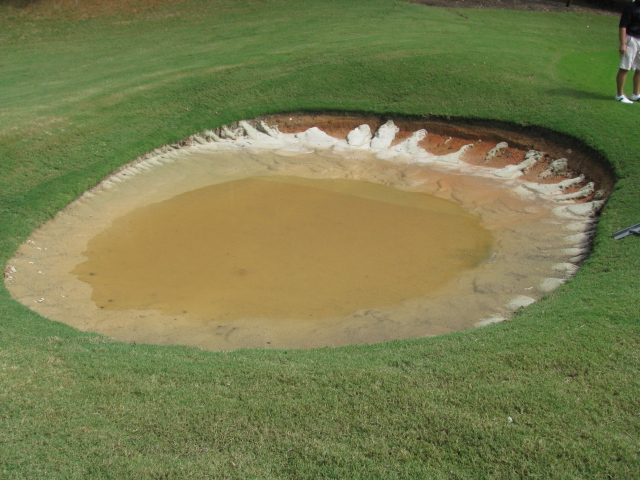
When there is water in a bunker and your ball or stance is in it, you are entitled to relief with no penalty under the following conditions specified by Rule 25- b: within one club length and not nearer the hole than the nearest point of complete relief from the abnormal condition. This must be done in the bunker and the ball must be dropped. if it is impossible to find complete relief within one club length, you can go to a point in the bunker, not nearer the hole, where maximum relief is available. Again, the ball must be dropped. This might mean dropping the ball in shallower water than where the original ball lie.
If a bunker is completely filled with water, you can drop the ball behind the bunker under penalty of one stroke or declare the ball unplayable and proceed under those provisions, which essentially would allow you to return to the spot where you originally hit the ball under penalty of one stroke.
MEMBER'S TEE - Hitting behind the ball

I'm struggling with hitting a lot of my iron shots fat, especially on soft turf. What can I work on to stop doing this?
Victor Leahy-- Towson, Maryland
Golf Card Instructional Staff
Generally, with any club, the reason it hits the ground behind the ball is because that's where the swing is bottoming out. The swing typically bottoms out where your head is at impact.
One of the main causes of the head being too far behind the ball at impact is the lack of a weight shift back to your left side at impact. If you hang back on your right side and don't drive through the ball, your head will likely stay back over your right knee at impact. That's where your swing will bottom out forcing the club to strike the ground too far behind the ball.
Try this drill: after you complete your backswing and your left shoulder is properly over your right knee at the top of the swing, touch your right knee to your left knee as fast you can. This will induce a proper weight shift to your left side and move your head up to where the golf ball is. Your swing will bottom out at the golf ball not behind it.
If you have a swing problem or other flaw with your game, e- mail us at memberstee@golfcard.com. Please include a brief description of what your tendencies are, what you want fixed and our Instructional Staff will consider your submission for response.
Questions? Call us 1-800-321-8269 or 1-850-398-6158
Mon-Fri 8AM-5PM